Recycling chic at Ermenegildo Zegna Couture and techy times at Emporio Armani — Milan men’s SS20 kicks off
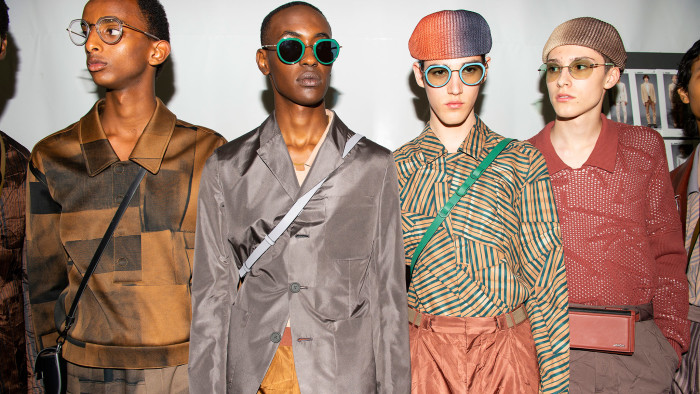
Alessandro Sartori chose to show his Ermenegildo Zegna Couture show — the first on the Milan menswear schedule for Spring/Summer 2020 — outside of the city, in the wider Milan municipal area. The venue was odd — a building site in a disused steel plant currently under massive and profound regeneration, including an architectural masterwork planned by Renzo Piano. For Sartori, it inspired a colour palette of mineral hues and metallics — including an oxidised green and rust, so not at all shiny and new — but also underscored an idea of sustainability, specifically the up-cycling of textile, literally embedded in the fabric of the clothes. Approximately 20 per cent of the collection was produced from recycled cloth, which is hardly exceptional but is better than zero. Zegna began experimenting with that idea for winter, with recycled cashmere that customers seemed to have reacted well to, even at €4,990 for a plum coat cross-hatched in red. That style is currently sold out — around 400 to 500 styles have sold, says Sartori. So this season, Zegna is expanding the offering, to silk, nylon and mohair.
Of course, that is at least partially a reaction to a buzzy bandwagon. Sustainability is what everyone is talking about in fashion right now. Yet using Ermenegildo Zegna Couture as a “laboratory of ideas”, to borrow the words of Christian Lacroix (describing the work of Elsa Schiaparelli, another Italian) is clever. Zegna is the largest menswear brand in the world in terms of revenue (over €1bn), with its couture line making a tiny portion of that; it also produces in excess of 2 million meters of fabric a year, both for their own clothes and outside companies. And with sustainability the universal conversation topic, Zegna’s business clients — as well as, or perhaps even instead of the ones wearing suits — will want these kind of fabrics. The hand on them ended up interestingly crisp — Sartori pointed out that that was a result of the processing of the fibres. Natural fibres can be recycled two or three times — when they deteriorate, they are looking into using them as padding for jackets — which obviously keyed with a show in a vast vista of rubble, waiting to be turned into something new.
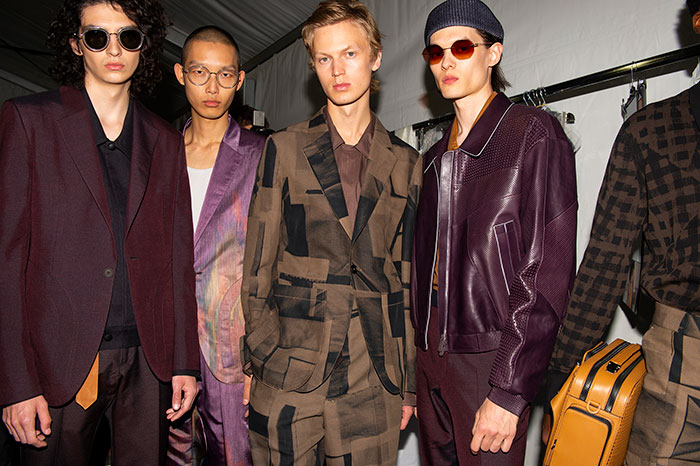
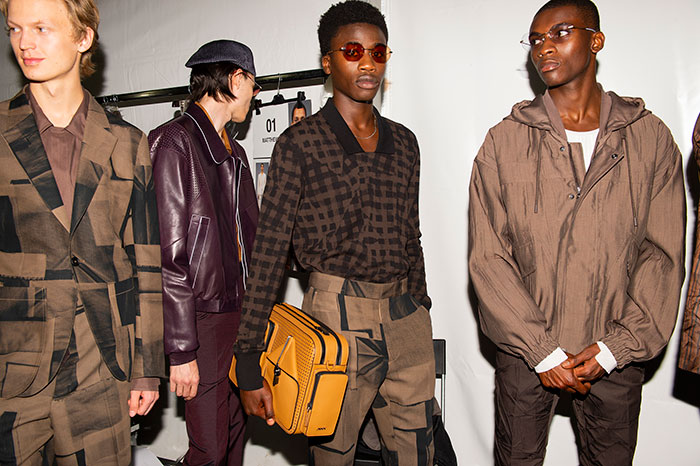
So far, so-so. Sartori’s Zegna collection innovated in fabric and also its form — perhaps too much of the latter. Materials were creased and intentionally crumpled, heat-pressed as if they’d been tightly packed in a too-small suitcase for far too long. They were often teamed in entire shoulder-to-shin rumpled outfits, comprising screwed-up knits and slightly tortured trousers. Other pieces were patterned with trompe l’oeil photographs of folded textiles. Shoes were printed in degrade. Individually, those elements were interesting — when Sartori walked through a rail, backstage, it was striking how many inventive details could be embedded into individual pieces — not least tailoring, where pockets were worked into the fabric and lapels chopped and changed in proportion. They will appeal in stores. As a fashion show, though, whole outfits comprised of those tweaks and twists felt laboured — you longed for the simplicity of a white T-shirt, or a pair of unadorned, unrumpled trousers. The overdesign of expensive clothes also seemed a little vulgar in, essentially, a graveyard of the Italian steel industry.
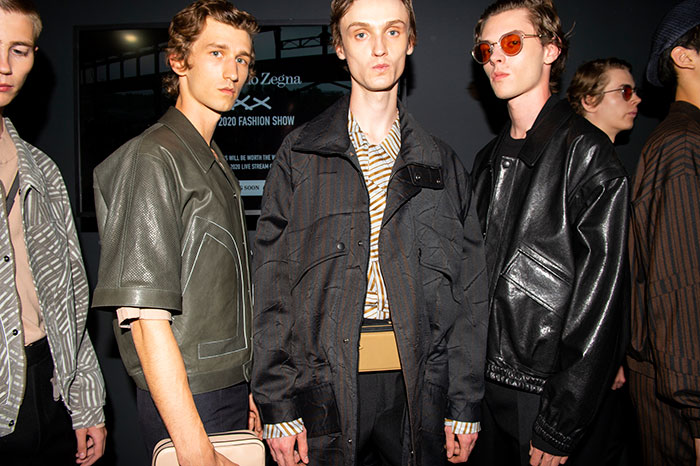
The location did feel symbolic — not because of that, nor the recycling cant, but because Zegna sits outside fashion. Which is the problem, frequently, with the brand’s couture line, which so valiantly tries to fashion fashion out of something — timeless tailoring — which seems so diametrically opposed to it. There are customers for some of Sartori’s innovations: his bomber-suit, which as the name suggests consists of a matchy-matchy sporty bomber jacket with tailored trousers, was one of last season’s bestsellers, he told me, and he offered other variations. There are generations of men who no longer prescribe to the single- or double-breasted debate, for whom suits have relevance to their wardrobes only as archaic uniforms for specific life rituals: marriage, divorce, maybe death. And its clever of Zegna and Sartori to think beyond the suit, in case the Italian tailoring business goes the same way as steel. But suited or not, steel or no steel, men still iron.
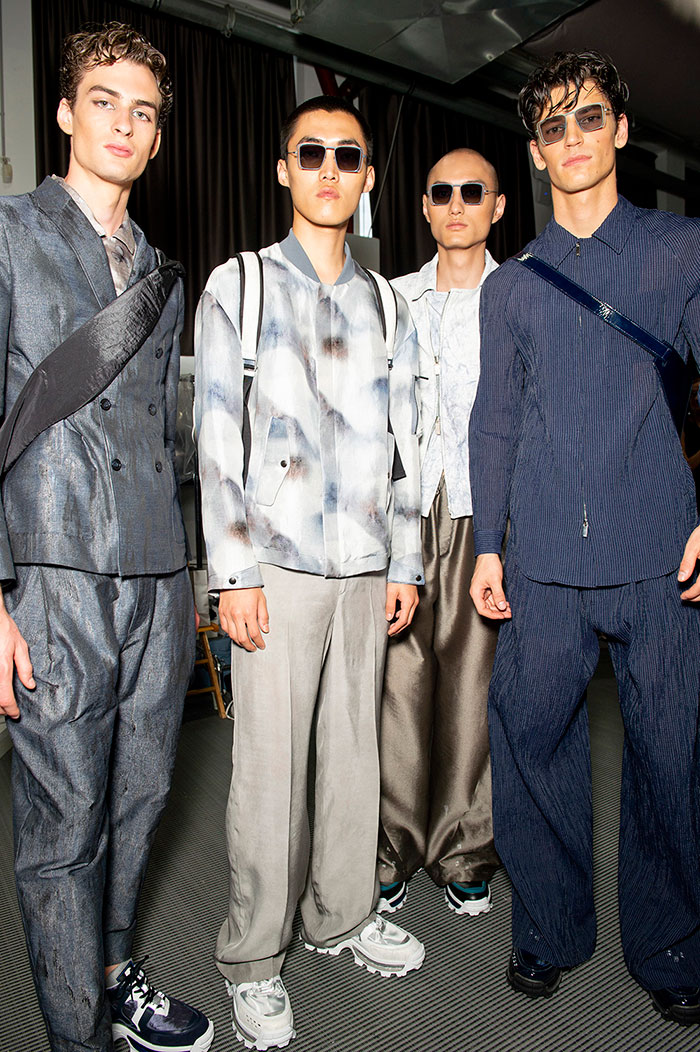
From iron and steel at Zegna, to foundations at Armani: the foundation that every model seemed to be slathered in, thickly, with dots of aquamarine at the inner corner of the eye. Armani pulled his audience in close for this Emporio Armani show, which is good in terms of allowing us to appreciate the clothes up close but, like a Monet, sometimes getting too close can make things look a little messy (the make-up moment, incidentally, chimed with the launch of Armani skincare). That said, the intimacy beat the grandiose style Armani has indulged in, which seems out of kilter with the times — although, when Armani closed his show with a parade of Italian Olympic and Paralympic athletes, you wished it was in a stadium. Maybe, the Olympic stadium, where those clothes belong.
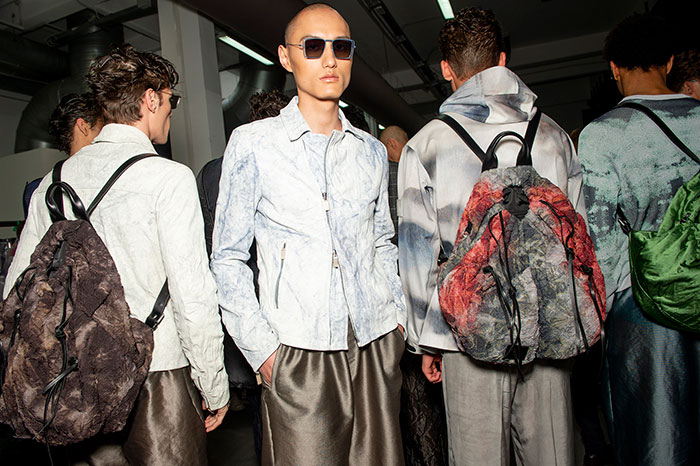
The Olympics thing not-too-subtly hammered home an idea of combining formal and sportswear, which lead to plenty of tricky, techy fabrics, models toting parachutes and a few in high-sheen pac-a-macs (also on show at Givenchy in Florence, they’re emerging as an unlikely summer trend). After a slight retreat from Milan menswear last season and experimentation with mixed men’s and womenswear shows, Armani is back in force: his Giorgio Armani show will close the calendar on Monday. So perhaps the sportswear bent was to emphasise the distinction between the two halves of the Armani whole. Yet the tailoring left the impression, in an established, eased Armani mould — like Zegna, Armani’s business is built on that, and he is an absolute, unparalleled master, whose evolution of men’s tailoring 30 years ago changed the way we make clothes, and the way men dress. You appreciated being up close to see the details of his latest iterations. The transparent cargo-trousers? Not so much.
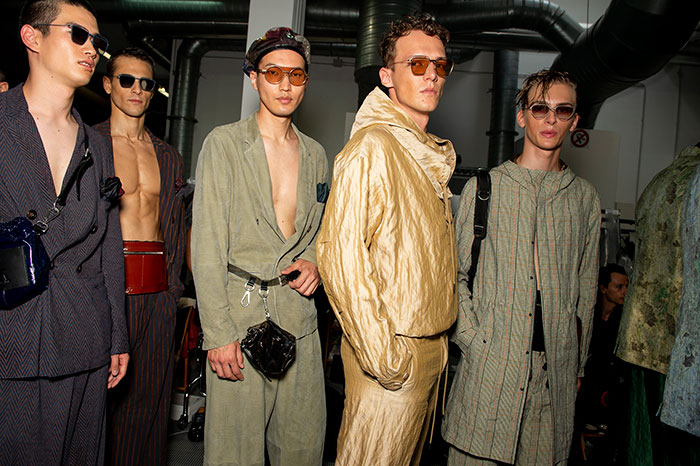
Armani doesn’t need gimmicks — he simply needs to do what he does better than anyone else, which is Armani. And plenty of people are trying to do Armani — his slope-shouldered, wide-cut boxy jacket is replacing pinch-waist tailoring, and has a fresh currency with men who have never seen Richard Gere broadcasting the look to the world in American Gigolo (it isn’t on Netflix). That’s a foundation worth embracing, and celebrating. As Gen Z (or so I hear) say: Just do you, Mr Armani.
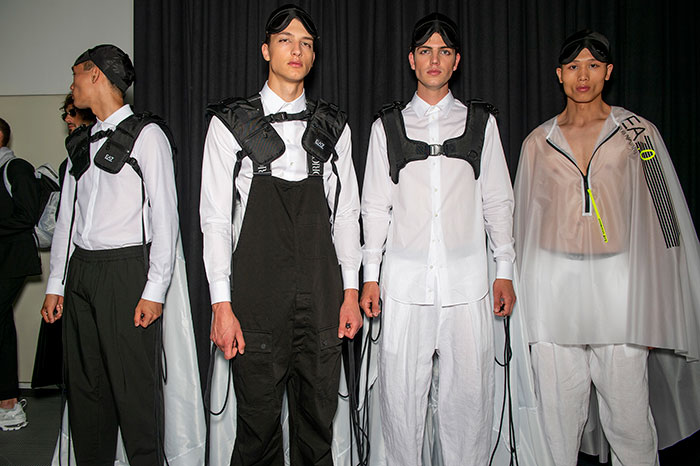
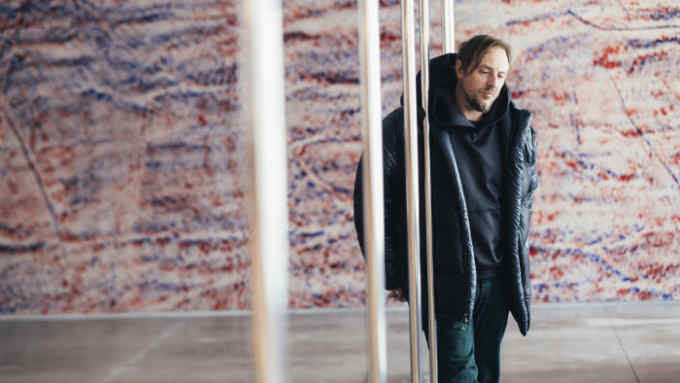
Comments